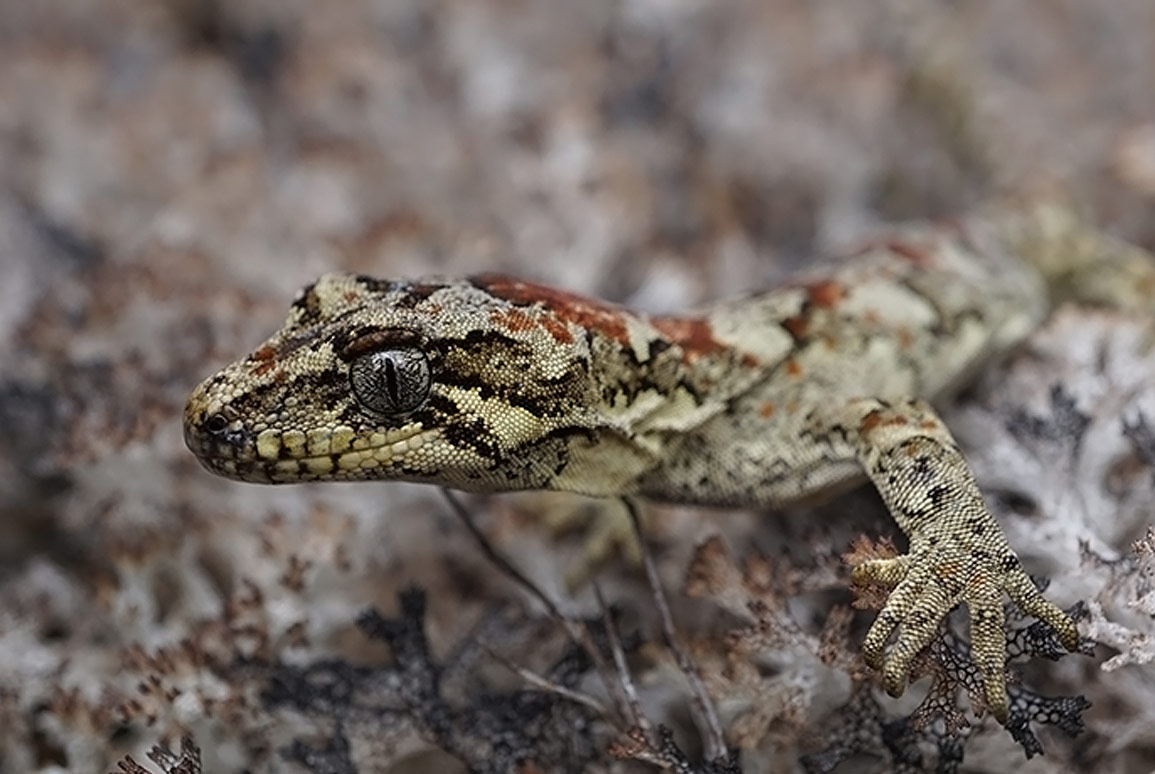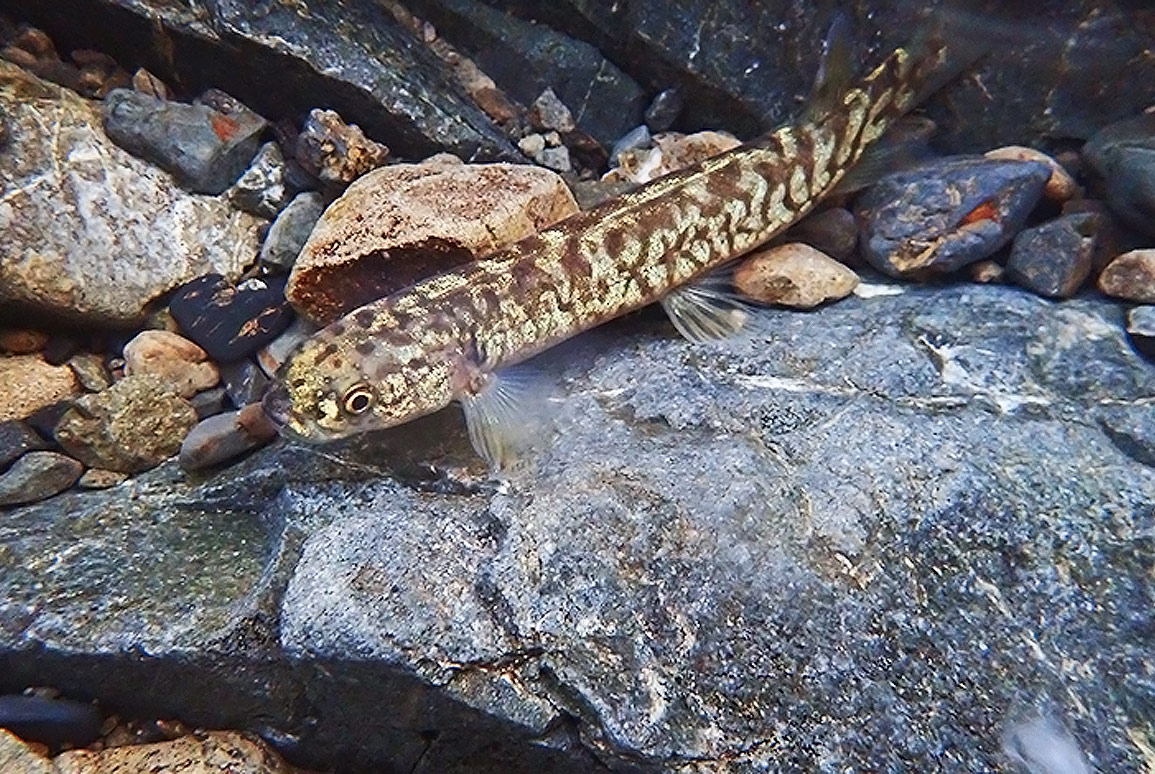You Need to Know: Springtime Ecological Surveys
10 August 2021
As the weather warms up and we leave winter behind, native flora and fauna will start making themselves known again. Birds sing, flowers bloom, and ecologists are itching to get out into the field.

Many native animals hunker down over the colder months, which can make them difficult to find; this means many of the survey methods we have available to us also lie dormant during winter. But come springtime, the opportunity to survey for native fauna — including lizards, bats, birds and fish — as well as flowering flora, has our ecologists ready to ‘spring’ into action.
A number of native fauna become torpid during the winter period. Torpor is a state of physical inactivity, similar to hibernation, brought on by cold weather and reduced food availability. Indigenous lizards (much like a lot of us!) become much less active over winter and are therefore less likely to be identified using standard survey methods. Spring offers the prime opportunity to commence surveys for lizards as they mobilise to satisfy their increasing appetites. Lizard surveys can also be done in summer and autumn when temperatures allow.

Our two native bat species quieten down a lot during the winter period; rarely leaving their roosts in order to conserve their energy while it is cold and food resources are low. One of the most effective methods for bat surveys is the use of acoustic bat monitors, which record echolocation “clicks” when bats fly past. Of course, this only works if bats are leaving their roosts regularly enough, which is why most bat surveys are carried out in spring and summer.
Warmer spring temperatures mark the start of the breeding season for many bird species. Spring is the best time to survey for wetland birds such as the Australasian bittern and banded rail. These species are normally cryptic (quiet and difficult to observe); however, in spring they are vocal and territorial as they search for mates, and this behaviour increases the chance of detecting these normally secretive birds.
It is not only land animals that respond to the change in the season. Many native fish species are diadromous, meaning that they migrate between freshwater systems and the ocean. Because of this, migratory fish surveys can be a useful tool for assessing fish passage through structures such as culverts and diversions, as they return from the sea as young juveniles and attempt to find their way upstream. These surveys are best carried out around November, which is the peak migration time for whitebait (galaxiid) species.

Spring is a good time to survey for mudfish, too. These swamp, pond, and drain-dwellers bury themselves deep in the mud during dry summer periods, and re-emerge following the onset of heavy winter rains. September through to mid-November is considered the optimal monitoring period, when water levels are stable. This period is also typically when adults and juveniles are out and about, providing an insight into breeding success.
In addition to native fauna, there are a number of plant species that are best surveyed in the springtime. Native orchids, many of which are threatened or at-risk, are highly inconspicuous during the winter months and can be almost impossible to identify. But when their distinctive flowers appear throughout spring and early summer, the job becomes much easier.
Given the above opportunities that spring provides, if you are thinking of getting some ecological surveys done in the near future then get in touch with any of our talented and energetic ecologists. After lying in wait through the cold, dark winter months, they are ready to emerge into the wild, in search of New Zealand’s unique biodiversity.
Images by Jackson Cassidy via Unsplash and Samantha King
For further information please contact Dr. Sharon De Luca, Katherine Muchna or Andrew Blayney

